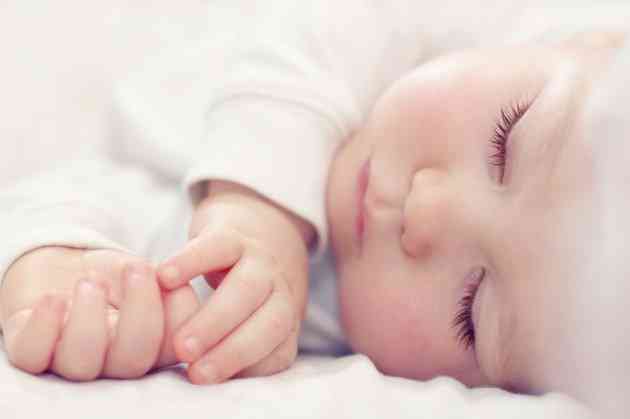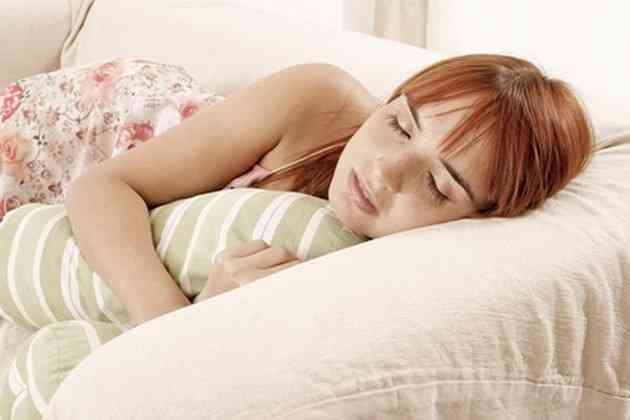The Best Sleeping Position for a Baby

In the early days of caring for a newborn, parents may be desperate for sleep. While getting that needed sleep is important, parents must ensure that their babies are in a safe sleeping space and position. The American Academy of Pediatrics recommends that all babies be put to sleep lying on their backs to decrease the risk of Sudden Infant Death Syndrome. Though some babies may fall more readily to sleep on their stomachs or with a soft blanket, they could be at increased risk of SIDS.
 Baby sleeping (Image: Olesia Bilkei/iStock/Getty Images)
Baby sleeping (Image: Olesia Bilkei/iStock/Getty Images)The "Back to Sleep" Campaign
The American Academy of Pediatrics began the "Back to Sleep" campaign in 1992 encouraging parents to always place their infants on their backs when putting them to sleep. Since that time, the number of infants who have died from SIDS has decreased by more than 50 percent, according to KidsHealth.org. Experts speculate that there may be an increased risk of SIDS in children who lie on their stomachs because they breathe in more of their own carbon dioxide, which is trapped between their faces and the mattress, or that they do not have the strength to turn their heads and so become suffocated in the mattress.
Recommended Length of Time
Newborns are not the only ones who should be put to sleep on their backs. The AAP recommends that infants continue to lie on their backs to sleep through the first year of life, as SIDS can continue to be a risk throughout that time. HealthyChildren.org notes that it is especially important to put babies to sleep on their backs through the first six months, since the risk of SIDS is the highest in that time period.
Other Sleep Recommendations
Place your baby to sleep on a firm surface that is free of heavy bedding, pillows and toys. Babies who are placed to sleep on a soft surface may roll onto their stomachs, causing them to become stuck face down in the mattress and increasing their risk of suffocating. Babies might also roll into a blanket, pillow or toy, or these items could cover a baby's face as he migrates during sleep. Any of these could increase the risk of suffocation.
Concerns about Back Sleeping
Many parents are concerned that their babies will develop a flat head if they put them to sleep on their backs. While a study led by Arizona State University scientists published in the journal "Pediatrics" in 2009 showed that back sleeping is the primary cause of flat-headedness, the benefits of back sleeping outweigh this risk, which is mostly an aesthetic one. Parents can move their babies' heads so that they are facing one side when they are put down to sleep and then facing another side at the next sleep. Doing so can reduce the risk of a flat spot developing. Parents should also check on their babies periodically while they sleep to ensure that they have not rolled onto their stomachs while sleeping.




